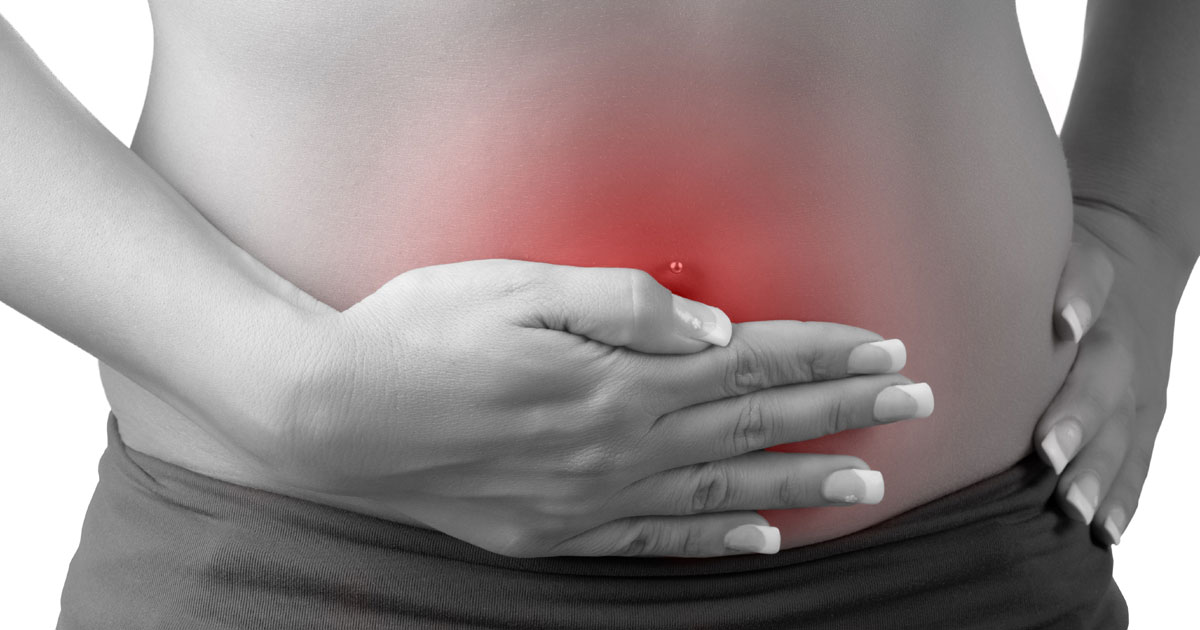Serious Warning Signs Of Thalassemia
Thalassemia is a hereditary blood disorder where the body does not make enough hemoglobin or protein that binds with and carries oxygen throughout the body. Without enough hemoglobin, red blood cells have a shorter lifespan and cannot properly oxygenate the body's cells. The body cannot produce hemoglobin without both of its components called alpha and beta. When an individual doesn't have enough beta, they have beta thalassemia, and when they don't have enough alpha, they have alpha thalassemia. This disorder is inherited from an individual's parents. Four genes in an individual's DNA make up the alpha hemoglobin chain, and two make up the beta hemoglobin chain. The severity of a patient's thalassemia depends on how many of these genes are mutated. Treatment for thalassemia includes regular blood transfusions and taking medication that helps with the elimination of excess iron, and in select cases, a stem cell transplant may be an option. Several warning signs may indicate thalassemia. Get to know them now.
Pale Or Yellow Skin

Pale or yellow skin, the latter of which is known as jaundice, can be a warning sign of thalassemia. Jaundice is a result of an elevated amount of bilirubin in the blood. The hemoglobin in red blood cells of healthy individuals is broken down into bilirubin upon cellular death. Bilirubin then moves to the liver where it is concentrated and altered so it can be used for digestion in the small intestine. Most of it is then discarded through feces and urine. Individuals with this condition have an increased rate of red blood cell death because their red blood cells die quicker without enough hemoglobin. This malfunction results in increased production of bilirubin that overwhelms the liver, gallbladder, and the blood. Once it reaches high levels in the blood, the yellow pigment of bilirubin reflects as a yellow tint in the skin. Pale skin can indicate thalassemia because of the way light reflects through the skin off of the dark red of poorly oxygenated blood. Because there is not enough hemoglobin to bind to oxygen in the individual's blood, it has a poor oxygen concentration that causes their skin to appear grey, blue, or pale.
Get more details on the symptoms of thalassemia now.
Abdominal Swelling

Abdominal swelling may manifest as a symptom of thalassemia due to a couple of mechanisms. The spleen, an organ located in the abdomen, has various functions, including breakdown and removal of hemoglobin components in dead, damaged, and worn out red blood cells. The hemoglobin components are sent to the liver to be re-used. However, this healthy process does not occur in thalassemia patients. Instead, the inadequate production of hemoglobin means most iron in the spleen is not recycled because there is not enough hemoglobin being produced to need it. This mechanism results in a physical buildup of iron and other unused red blood cell components in the spleen. In addition, several organs such as the liver, lymph nodes, and spleen are responsible for producing different types of blood cells in addition to those produced by bone marrow. Because the bone marrow is not able to produce enough functioning red blood cells to keep up with their high turnover rate, these other organs attempt to compensate with an increase in their production of blood cells. This mechanism results in the liver, gallbladder, and spleen becoming enlarged and presents as swelling in the abdomen.
Learn more about thalassemia warning signs now.
